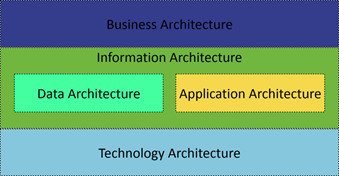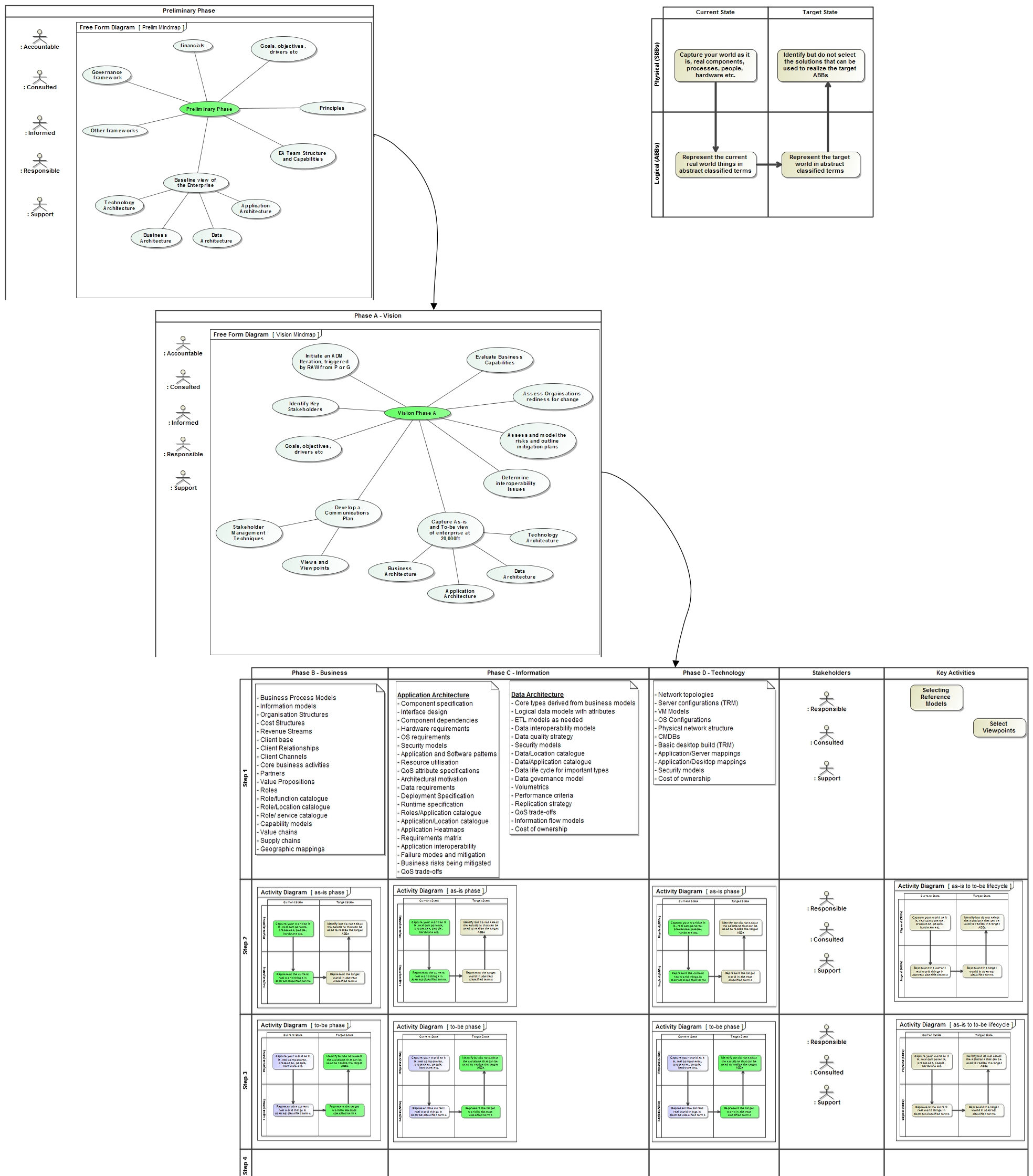 TOGAF AIDES Home
TOGAF AIDES Home
TOGAF® is a registered trademark of The Open Group
Welcome to our TOGAF® space!
This public face of the Celestial Consulting wiki has been specifically designed to allow anyone to self study TOGAF®. It consists of useful resources for further study or as an aide to their new roles and towards the TOGAF® exams. We do not recommend you attempt to sit a TOGAF® exam by using this space as an excuse for not attending a TOGAF® training course somewhere, or following the TOGAF® Self Study path.
Visit us at our home page for more useful information regarding what we do...
Also, visit our delicious account (no membership needed) for a list of useful web links
Learn about effective Use Case Modelling
Access our online resource OneDrive
In this space you will find resources that you can
- Information, tips 'n' tricks for applying TOGAF® principles
- Download and reuse
- Browse and read online - visit our Amazon resource drive
- Follow links to resources that are not located here
Strong recommendations
Business Architecture - A Practical Guide, by Graham Meaden and Jonathan Whelan
Business Model Generations, by Alexander Osterwalder and Yves Pigneur
How to use
To the left you will see the sidebar. Simply click on a page to find a desired group of resources. If you struggling to find a resource, simply type a few letters into the search bar located at the upper right of this window. Or use the map below
Space contributors
- Selvyn Wright (351 days ago)
Subject areas covered in this wiki
The Complexity of the Enterprise
Modern businesses can be visualised as living organisms with many cell types interacting in very complex ways in an attempt to deliver services to customers. These interactions have to be fluid so as to ensure that they can continue to be competitive and agile enough to respond to customers who are becoming more savvy and demanding more for less.
Enterprise architecture is there to support the business in achieving its goals, in moving forward, in remaining competitive, in being agile
TOGAF defines and makes use of four domains for understanding the nature of an enterprise, and for defining the current and target state of that enterprise
I define Enterprise Architecture as
The systematic approach to capturing the current and target state of a system viewed through the structural and dynamic characteristics of the components (things: roles, processes, organisational structures, policies, goals, drivers, objectives, locations, services, functions, capabilities, applications, interfaces, software libraries, interoperability models, software standards, data standards, data models, security models, data strategies for DR and BCP, technology portfolio and the list goes on) that are embodied in that system. Let's see why I say this "the town planning concept."
TOGAF Elements
TOGAF is comprised off 6+1 parts
- The introduction
- The ADM (Architecture Development Method)
- Guidelines and Techniques
- Architecture Content Framework
- Enterprise Continuum
- Reference Models (of which there are two)
- Architecture Capability Framework
TOGAF Architecture Domains (BiDAT)
- (B)usniess
- (i)nformation - the coming together and Data and Application domains - NOT an official TOGAF® domain
- (D)ata
- (A)pplication
- (T)echnology
We summarise the framework as follows
See PDF for detailed view




